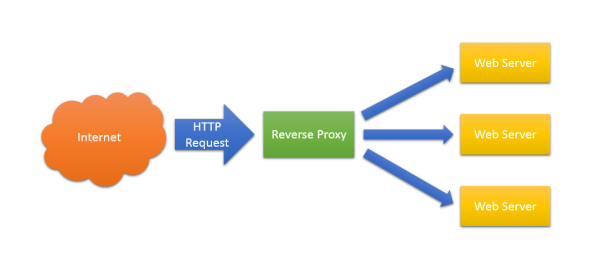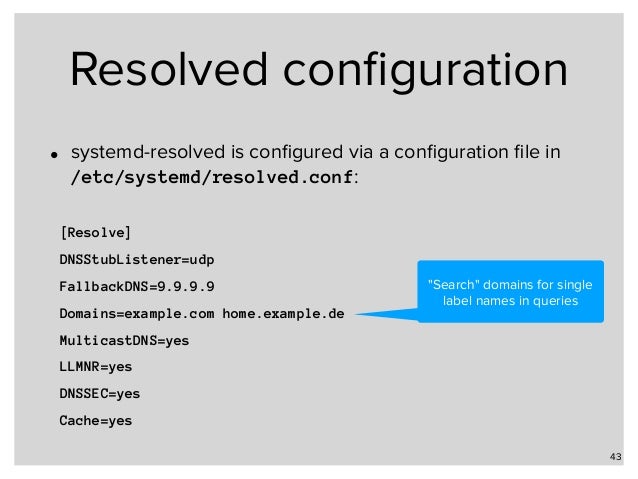Macos Doesnt Listen For Logal Server
- Macos Doesn't Listen For Local Server Free
- Macos Doesn't Listen For Local Server Free
- Macos Doesn't Listen For Local Server Windows 10
- Macos Doesn't Listen For Local Server Download
- Macos Doesn't Listen For Local Server List
- Macos Doesn't Listen For Local Server Download
ARK SERVER PvePvP ChinoFarmeando How To Buy Hostgator Hosting – Hostgator Web Hosting Plans Minecraft: How to Set Up a Local Minecraft Server -HD. Oct 08, 2014 This is found in the Go menu of the Apple Finder (file browser). You can also get to this by pressing the Command+K keys. Normally, you would type in a server address, or use a previously saved address to access your files. Sometimes a person will send you a server address to copy and paste into the Server Address box. Copy and Paste Problem. Get started with Docker Desktop for Mac Estimated reading time: 17 minutes Welcome to Docker Desktop! The Docker Desktop for Mac section contains information about the Docker Desktop Community Stable release. For information about features available in Edge releases, see the Edge release notes.For information about Docker Desktop Enterprise (DDE) releases, see Docker Desktop. Jan 24, 2015 While screen sharing of the mini server in the MBA doesn’t loose connection, neither a database client app accessing the Postgres database server in the mini, the mounted drives are lost, and the server icon still appearing in the Finder says the server. Download GNS3. Follow these steps to download GNS3 to you MAC. Using a web browser, browse to and click the Free Download link. If you have not already registered on the GNS3 site, create an account and then click Create Account & Continue:. Or, if you already have an account, click Login, fill in the your details and then click Login & Continue.
Oct 02, 2018 3.3.4 Set Chrome Use polipo Local Http Proxy Server. Open google chrome settings dialog. Search proxy in google chrome settings dialog. Click Open proxy settings item to open Network configuration dialog. Click Network Proxy item to manually change proxy server ip to 127.0.0.1 and port to 8787 which the polipo http proxy server is listening. Here are some ways to make it easy to reconnect to shared computers and servers you frequently use: On your Mac, do any of the following: Choose Apple menu Recent Items, then choose from the list of recent servers. In the Finder, choose Go Connect to Server, click the pop-up menu to the far right of the Server Address field, then choose a recent server.
By James Newton-King
This document discusses commonly encountered problems when developing gRPC apps on .NET.
Mismatch between client and service SSL/TLS configuration
The gRPC template and samples use Transport Layer Security (TLS) to secure gRPC services by default. gRPC clients need to use a secure connection to call secured gRPC services successfully.
You can verify the ASP.NET Core gRPC service is using TLS in the logs written on app start. The service will be listening on an HTTPS endpoint:
The .NET Core client must use https in the server address to make calls with a secured connection:
All gRPC client implementations support TLS. gRPC clients from other languages typically require the channel configured with SslCredentials. SslCredentials specifies the certificate that the client will use, and it must be used instead of insecure credentials. For examples of configuring the different gRPC client implementations to use TLS, see gRPC Authentication.
Call a gRPC service with an untrusted/invalid certificate
The .NET gRPC client requires the service to have a trusted certificate. The following error message is returned when calling a gRPC service without a trusted certificate:
Macos Doesn't Listen For Local Server Free
Unhandled exception. System.Net.Http.HttpRequestException: The SSL connection could not be established, see inner exception.---> System.Security.Authentication.AuthenticationException: The remote certificate is invalid according to the validation procedure.

You may see this error if you are testing your app locally and the ASP.NET Core HTTPS development certificate is not trusted. For instructions to fix this issue, see Trust the ASP.NET Core HTTPS development certificate on Windows and macOS.
If you are calling a gRPC service on another machine and are unable to trust the certificate then the gRPC client can be configured to ignore the invalid certificate. The following code uses HttpClientHandler.ServerCertificateCustomValidationCallback to allow calls without a trusted certificate:
Warning
Untrusted certificates should only be used during app development. Production apps should always use valid certificates.
Call insecure gRPC services with .NET Core client
Macos Doesn't Listen For Local Server Free
Additional configuration is required to call insecure gRPC services with the .NET Core client. The gRPC client must set the System.Net.Http.SocketsHttpHandler.Http2UnencryptedSupport switch to true and use http in the server address:
Unable to start ASP.NET Core gRPC app on macOS
Kestrel doesn't support HTTP/2 with TLS on macOS and older Windows versions such as Windows 7. The ASP.NET Core gRPC template and samples use TLS by default. You'll see the following error message when you attempt to start the gRPC server:
Unable to bind to https://localhost:5001 on the IPv4 loopback interface: 'HTTP/2 over TLS is not supported on macOS due to missing ALPN support.'.
To work around this issue, configure Kestrel and the gRPC client to use HTTP/2 without TLS. You should only do this during development. Not using TLS will result in gRPC messages being sent without encryption.
Kestrel must configure an HTTP/2 endpoint without TLS in Program.cs:
When an HTTP/2 endpoint is configured without TLS, the endpoint's ListenOptions.Protocols must be set to HttpProtocols.Http2. HttpProtocols.Http1AndHttp2 can't be used because TLS is required to negotiate HTTP/2. Without TLS, all connections to the endpoint default to HTTP/1.1, and gRPC calls fail.
The gRPC client must also be configured to not use TLS. For more information, see Call insecure gRPC services with .NET Core client.
Warning
HTTP/2 without TLS should only be used during app development. Production apps should always use transport security. For more information, see Security considerations in gRPC for ASP.NET Core.
gRPC C# assets are not code generated from .proto files
gRPC code generation of concrete clients and service base classes requires protobuf files and tooling to be referenced from a project. You must include:

- .proto files you want to use in the
<Protobuf>item group. Imported .proto files must be referenced by the project. - Package reference to the gRPC tooling package Grpc.Tools.
For more information on generating gRPC C# assets, see gRPC services with C#.
By default, a <Protobuf> reference generates a concrete client and a service base class. The reference element's GrpcServices attribute can be used to limit C# asset generation. Valid GrpcServices options are:
Both(default when not present)ServerClientNone
An ASP.NET Core web app hosting gRPC services only needs the service base class generated:
A gRPC client app making gRPC calls only needs the concrete client generated:
WPF projects unable to generate gRPC C# assets from .proto files
WPF projects have a known issue that prevents gRPC code generation from working correctly. Any gRPC types generated in a WPF project by referencing Grpc.Tools and .proto files will create compilation errors when used:
error CS0246: The type or namespace name 'MyGrpcServices' could not be found (are you missing a using directive or an assembly reference?)
You can workaround this issue by:
- Create a new .NET Core class library project.
- In the new project, add references to enable C# code generation from *.proto files:
- Add a package reference to Grpc.Tools package.
- Add *.proto files to the
<Protobuf>item group.
- In the WPF application, add a reference to the new project.
The WPF application can use the gRPC generated types from the new class library project.
Warning
ASP.NET Core gRPC is not currently supported on Azure App Service or IIS. The HTTP/2 implementation of Http.Sys does not support HTTP response trailing headers which gRPC relies on. For more information, see this GitHub issue.
-->Macos Doesn't Listen For Local Server Windows 10
Listener or server sockets open a port on the network and then wait for a client to connect to that port. Although other network address families and protocols exist, this example shows how to create remote service for a TCP/IP network.
The unique address of a TCP/IP service is defined by combining the IP address of the host with the port number of the service to create an endpoint for the service. The Dns class provides methods that return information about the network addresses supported by the local network device. When the local network device has more than one network address, or if the local system supports more than one network device, the Dns class returns information about all network addresses, and the application must choose the proper address for the service. The Internet Assigned Numbers Authority (Iana) defines port numbers for common services; for more information, see Service Name and Transport Protocol Port Number Registry. Other services can have registered port numbers in the range 1,024 to 65,535.
Macos Doesn't Listen For Local Server Download
The following example creates an IPEndPoint for a server by combining the first IP address returned by Dns for the host computer with a port number chosen from the registered port numbers range.
After the local endpoint is determined, the Socket must be associated with that endpoint using the Bind method and set to listen on the endpoint using the Listen method. Bind throws an exception if the specific address and port combination is already in use. The following example demonstrates associating a Socket with an IPEndPoint.
Macos Doesn't Listen For Local Server List
The Listen method takes a single parameter that specifies how many pending connections to the Socket are allowed before a server busy error is returned to the connecting client. In this case, up to 100 clients are placed in the connection queue before a server busy response is returned to client number 101.